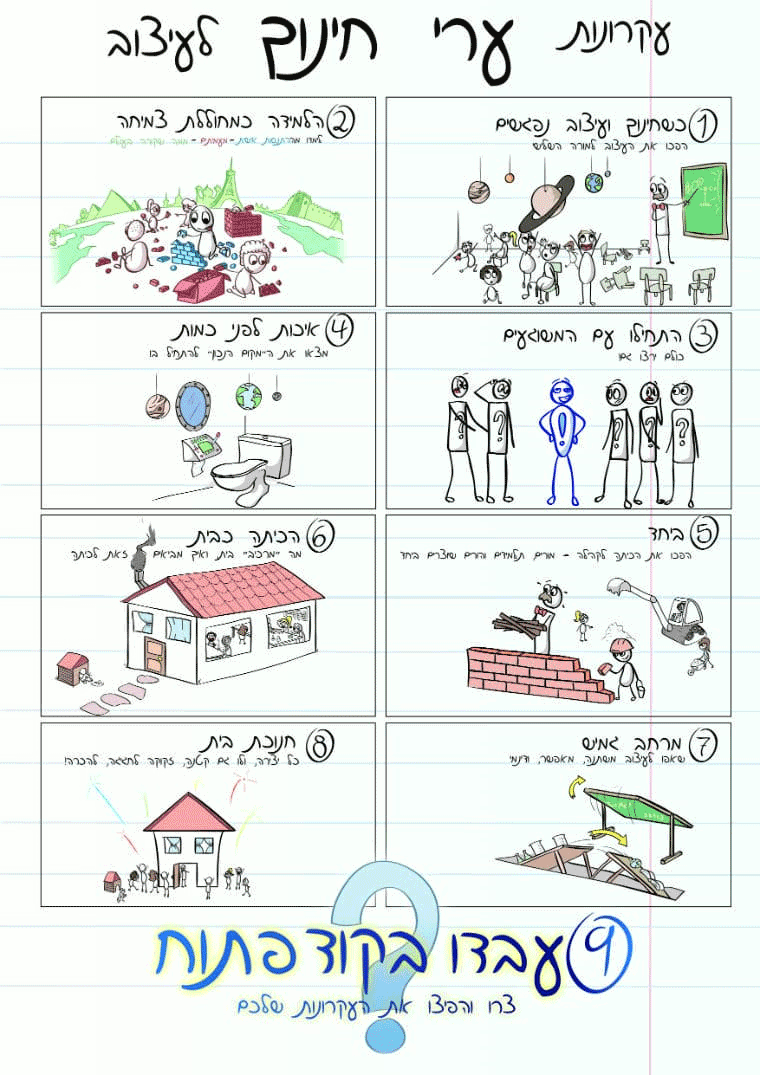Until today, when we’ve talked about design of learning spaces, we thought about decorated walls that “send a massage,” a kind of a professional decoration team.
The reality that surrounds us has changed dramatically in the last few decades, however, there is one place that remained frozen in time – learning spaces. In most cases, they have remained unchanged for years.
We call for a change in the perception of learning environments or as defined by Loris Malaguzzi, the Third Teacher – nonverbal education.



